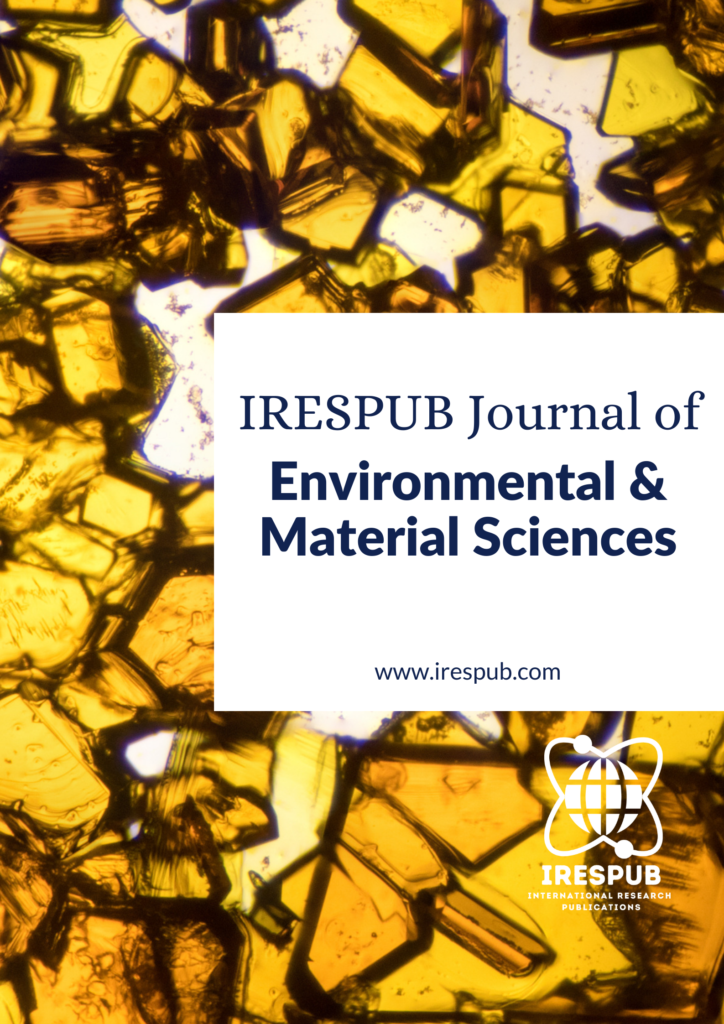
Year Launched: 2021
Journal Menu
- Scope & Research Areas
- Instructions for Authors
- Article Processing Charge
Journal List
- Natural & Applied Sciences
- Life Sciences
- Business Management
- Education & Literature
- Humanities & Cultural Studies
- Medical & Dental Sciences
- Engineering & Computer Sciences
- Agriculture, Food & Nutrition
- Environmental & Material Sciences
- Wellness & Lifestyle Management
- Arts & Ideas
- Law, Policy & Religion
Morphometric analysis of Jiberu drainage basin and its implications on sediment loading into lake Gwakra in Gerei, Adamawa state, Nigeria
Volume 2, Issue 4, Nov-Dec 2022 | Page 1-12 | PDF (1 MB) | Pub. Date: December 15, 2022
Author(s)
Yohanna Peter*, Ezekiel Yonnana, Ibrahim Saidu & Nakama David Falu; Department of Geography Adamawa State University, Mubi. Adamawa State, Nigeria
Abstract
Morphometric analysis of a drainage basin describes its characteristics based on quantitative evaluation of different parameters. In this study, the morphometric characteristics of the Jiberu Drainage Basin has been analyzed using geospatial techniques with the aim of ascertaining their implications on sediment loading into the Lake Gwakra. SRTM image was used to create DEM of the basin and the linear, aerial and relief morphometric properties of the drainage basin were determined using relevant GIS and mathematical procedures. The results revealed that the stream of the basins is of 5th order with a total of 259 stream segments, a total stream length of 428.52 km and a mean Bifurcation Ratio of 3.83. The aerial and relief properties of the basin showed low-moderate morphometric behaviors owing structural distortions, land use disturbance and changes in climatic characteristics which in turn result to moderate runoffs, soil erosion and sediments loading into the Gwakra Lake Basin. Controlled land uses activities as well as further temporal hydrological and sediment studies over the Jiberu Basin and the lake were recommended.
Keywords
morphometric analysis; jiberu drainage basin; lake gwakra; soil erosion; sediment load
Cite this paper
Peter, Y., Yonnana, E., Saidu, I., Falu, N. D. (2022), Morphometric analysis of Jiberu drainage basin and its implications on sediment loading into lake Gwakra in Gerei, Adamawa state, Nigeria, IRESPUB Journal of Environmental & Material Sciences. Volume 2, Issue 4, Nov-Doc 2022, Page 1-12
References
[1] Abboud, I.A. and Nofal, R.A. (2017). Morphometric analysis of wadi Khumal basin, western coast of Saudi Arabia, using remote sensing and GIS techniques. Journal of African Earth Sciences., 126: p. 58-74.
[2] Altaf, F., Meraj, G. and Romshoo, S. A. (2013). Morphometric Analysis to Infer Hydrological Behaviour of Lidder Watershed, Western Himalaya, India. Geography Journal. Hindawi Publishing Corporation.
[3] Ansari, Z. R., Rao, L. A. K. and Yusuf, A. (2012). GIS based Morphometric Analysis of Yamuna Drainage Network in parts of Fatehabad Area of Agra District, Uttar Pradesh. Journal Geological Society of India, 79;505-514.
[4] Asfaw, D. Workineh, G. (2019). Quantitative analysis of morphometry on Ribb and Gumara watersheds: Implications for soil and water conservation. Int Soil Water Conserv Res 7(2):150–157
[5] Das, S. and Pardeshi, S.D. (2018) Morphometric analysis of Vaitarna and Ulhas river basins, Maharashtra, India: using geospatial techniques. Applied Water Science 8(6):1–11
[6]Doad A.P., Warghat S.R., Khadse S.P., 2012. Morphometric analysis for hydrological studies
[7] using Geographical Information System: A case study. International Journal of Engineering Research and Technology, 1(5), 1–8.
[8] Ezemonye M.N., Emeribe C.N., (2013). Appraisal of the Hydrological Potential of Ungauged Basin Using Morphometric Parameters. Ethiopian Journal of Environmental Studies and Management, 6(4), 376–380.
[9] Farhan, Y., Anaba, O., Salim, A., (2016). Morphometric Analysis and Flash Floods Assessment for Drainage Basins of the Ras En Naqb Area, South Jordan Using GIS. Journal of Geoscience and Environment Protection, 4; 9-33
[10] Federal Surveys (1971). Yola Topoghraphical Sheet 48. Edition 1
[11] Gadiga, B. L. and Shittu, W. (2018). Hydrologic and Geomorphometric Analysis of Watershed in Gombe State. Global Journal of Geography and Environmental Science, Vol. 1
[12] Gottschalk LC (1964) Reservoir sedimentation in handbook of applied hydrology. McGraw Hill Book Company, New York (Section 7-1)
[13] Gregory KJ, Walling DE (1973) Drainage basin form and process a geomorphological approach. Edward Arnold, London, p 456
[14] Horton, R. E. (1932) Drainage Basin Characteristics. Amer. Geogr. Union. 13; 350-361
[15] Horton, R. E. (1945). Erosional Development of the Stream and Their Drainage Age Basins, Hydrological Approach to Quantitative Morphology: Soc. Amer. Bull. 56; 275-370.
[16] John-Wilson, J.S, Chandrasekar N, Magesh N.S., (2012) Morphometric analysis of major Sub Watersheds in Aiyar & Karai Pottanar Basin, Central Tamil Nadu, India using Remote Sensing & GIS Techniques. Bonfring Int J Ind Eng Manag Sci 2(special issue 1):8–15
[17] Kadam, A. K., Jaweed, T. H. Kale, S. S. Umrikar B. N. and Sankhua, R. N. (2019). Identification of erosion-prone areas using modified morphometric prioritization method and sediment production rate: a remote sensing and GIS approach, Geomatics, Natural Hazards and Risk
[18] Lakshmamma, Nagaraju.D., Mahadevaswamy, G., Siddalingamurthy, S., Manjunatha, S. (2011). Morphometric analysis of Gundal watershed, Gundlupet taluka, Chamarajanagar district, Karnataka, India, International Journal of Geomatics and Geosciences, 1(4), 758-775.
[19] W. B. Langbein, “Topographic characteristics of drainage basins,” U.S. GeologicalSurvey.Water-SupplyPaper, vol.986, pp. 157–159,1947.
[20] Miller, V. C., (1953), “A quantitative geomorphic study of drainage basin characteristics in the clinch mountain area”, Technical report 3, Department of Geology, Columbia University.
[21] Mahadevaswamy G, Nagaraju D, Siddalingamurthy S, Lakshmamma MSL, Nagesh PC, Rao K (2011) Morphometric analysis of Nanjangud taluk, Mysore District, Karnataka, India, using GIS Techniques. Int J Geomat Geosci 1:179–187
[22] Mohammed, A. Adugna, T. and Tukala, W. (2018). Morphometric Analysis and Prioritization of Watersheds for soil erosion Management in Upper Gibe Catchment. Journal of Degraded and Mining Lands Management, 6(1); 1419 – 1426
[23] Morisawa ,M.E., (1962) Quantitative geomorphology of some watersheds in the Appalachian Plateau. Geol Soc Am Bull 73:1025–1046
[24] Nanda,A. M., Ahmed, P., Kanth, T. A. and Hajam R. A. (2014). Morphometric Analysis of Sandran Drainage Basin (J & K) using Geo–Spatial Technology Earth Science India, Vol. 7 (II), 2014, pp. 55-66
[25] Pal, B., Silesh, S., Pal, D.K. (2012). Morphometric and Hydrological Analysis and Mapping for Watut Watershed Using Remote Sensing and GIS Techniques”, International Journal of Advances in Engineering and Technology, 2(1), 357–368.
[26] Parvez, M.B. and Inayathulla, M. (2019) Assessment of the Intensity Duration Frequency Curves for Storms in Upper Cauvery Karnataka Based on Pearson Type III Extreme Value. World Academics Journal of Engineering Sciences, 6, 26-46.
[27] Patton PC (1988) Drainage basin morphometry and floods. In: Baker VR, Kochel RC, Patton PC (eds) Flood geomorphology. Wiley, New York, pp 51–65
[28] Prabhakar A. K., Singh, K. K., Lohani, A. K. and Chandniha, S. K. (2019). Study of Champua watershed for management of resources by using morphometric analysis and satellite imagery. Applied Water Science, 9:127. http://doi.org/10.1007/s13201-019-1003-z
[29] Praveen, K. R., Kshitij, M., Sameer, M., Aariz, A.,Varun, N., M., (2017). A GIS-based approach in drainage morphometric analysis of Kanhar River Basin, India. Appl Water Sci 7:217–232
[30] Ramaiah, S. N. Gopalakrishna, G. S., Vittala, S. S. and Najeeb, K. M. (2012). Morphometric Analysis of Sub-basins in and Around Malur Taluk, Kolar District, Karnataka Using Remote Sensing and GIS Techniques. Nature Environment and Pollution Technology an International Quarterly Scientific Journal. 11(1);89-94
[31] Rai, P.K., Mishra, V.N., Mohan, K. (2017b) A study of morphometric evaluation of the Son
[32] basin, India using geospatial approach. Remote Sens Appl Soc Environ 7:9–20. https://doi.org/10.1016/j.rsase.2017.05.001
[33] Reddy OGP, Maji AK, Gajbhiye SK (2004) Drainage morphometry and its influence on landform characteristics in a basaltic terrain, Central India—a remote sensing and GIS approach. Int J Appl Earth Obs Geoinformatics 6:1–16
[34] Sahu, N, Reddy, O. Kumar, N. Nagaraju, M. Srivastava, R. Singh, K.S(2016). Morphometric analysis in basaltic terrain of central India using GIS techniques: A case study Applied Water Science), 10.1007/s13201-016-0442-z
[35] Sandeep, (2020). Morphometric Analysis of a Drainage Basin: A Study of Ghatganga River, Bajhang District, Nepal. The Geographic Base Vol. 7: 127-144
[36] Singh, K.N. (1980). Quantitative analysis of landfroms and settlement distribution in southern uplands of eastern Uttar Pradesh (India). Vimal Prakashan, Varanasi
[37] Singh, S.,and Singh, M.B. (1997). Morphometric analysis of Kanhar river basin. Natl Geogr J India 43(1):31–43
[38] Smith, K. G. (1950). Standards for grading textures of erosional topography. Am J Sci 248:655–668
[39] Strahler, A. N., (1957), “Quantitative analysis of watershed geomorphology”, Transactions of American Geophysics Union, 38, 913-920.
[40] Strahler, A. H., (1964). Quantitative Geomorphology of Drainage Basins and Channel Networks; Handbook of Applied Hydrology, New York, McGraw Hill Book Company, 4-39/4-76.
[41] Strahler AN (1968) Quantitative geomorphology. In: Fairbridge RW (ed) The encyclopedia of geomorphology. Reinhold Book Crop, New York
[42] Vijith, H. and Satheesh, R. (2006) GIS based morphometric analysis of two major upland sub-watersheds of Meenachil River in Kerala. Journal of Indian Society of Remote Sensing. 34(2): 181- 185
[43] Waikar, M. L. & Nilawar, A. P., (2014), “Morphometric Analysis of a Drainage Basin Using Geographical Information System: A Case study”, International Journal of Multidisciplinary and Current Research.
[44] Zende A. M., Nagarajan, R., Atal, K. R. & Deshpande P. K., (2012), “GIS based Morphometric Analysis of Nine Major Sub-watersheds of Yerala River, Western Maharashtra, India”, 2nd International Conference on Advances in Civil Engineering, 7th Sept. – 8th Sept., Tirupati, India, 41-50.
[45] Singh, S. and Singh, M.C. (1997) Morphomertric Analysis of Kanhar River Basin. National Geographical Jour. India, 43 (1), pp.31-43

